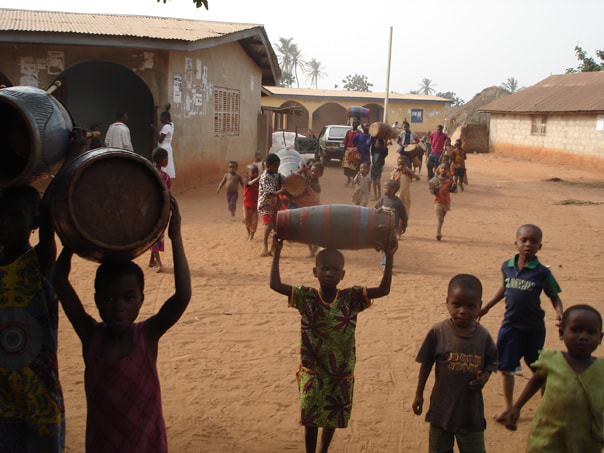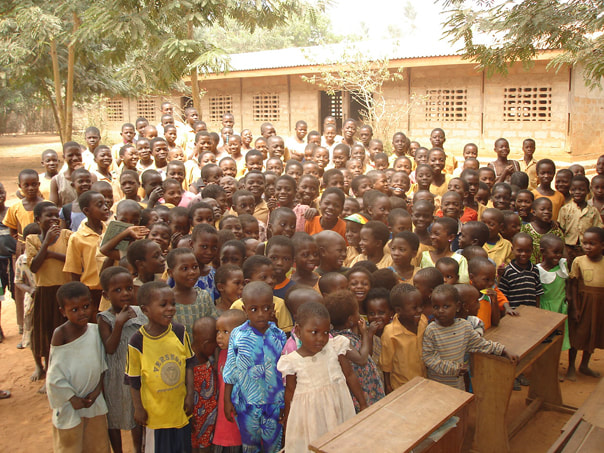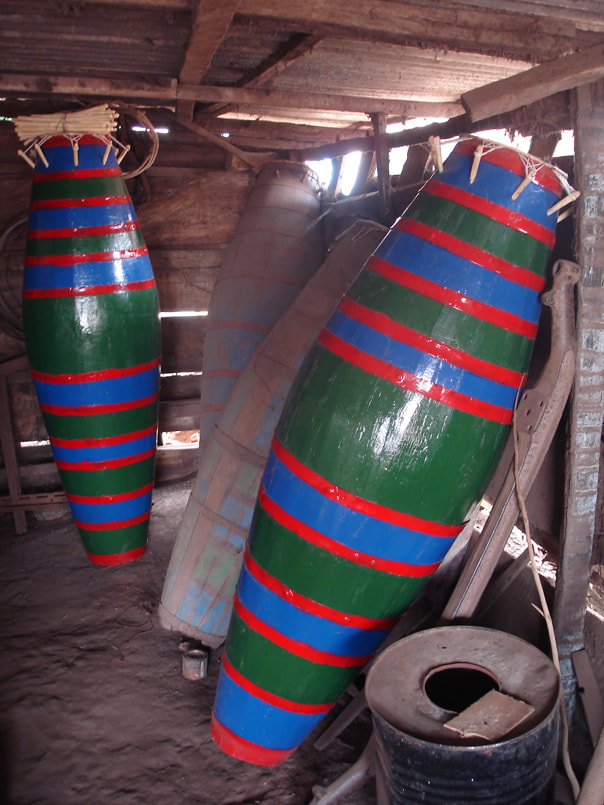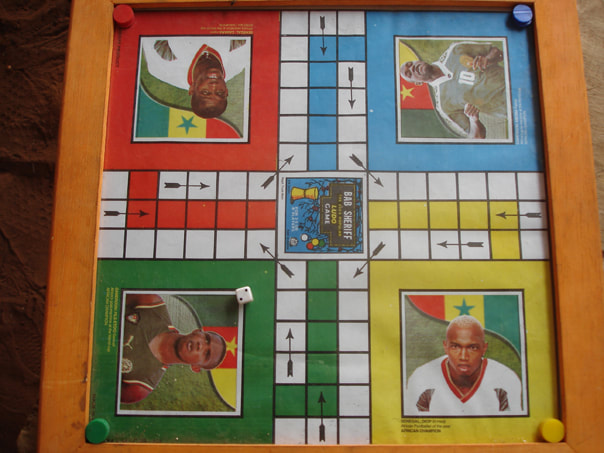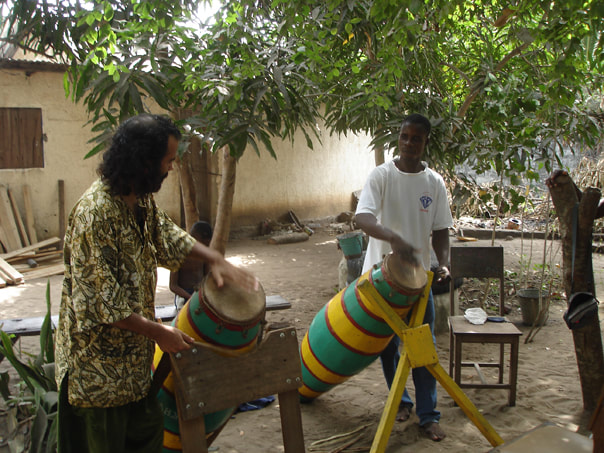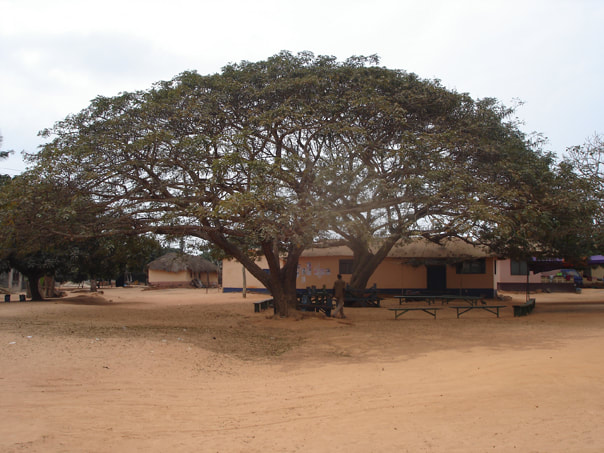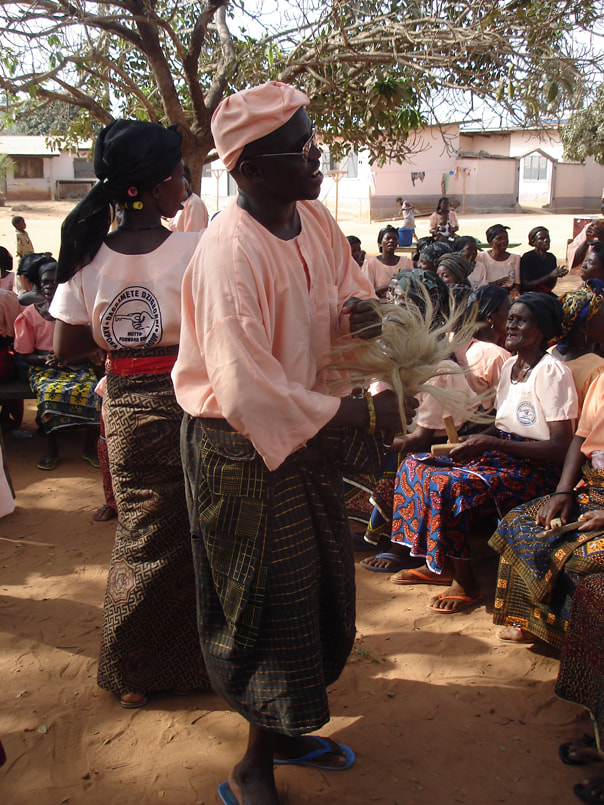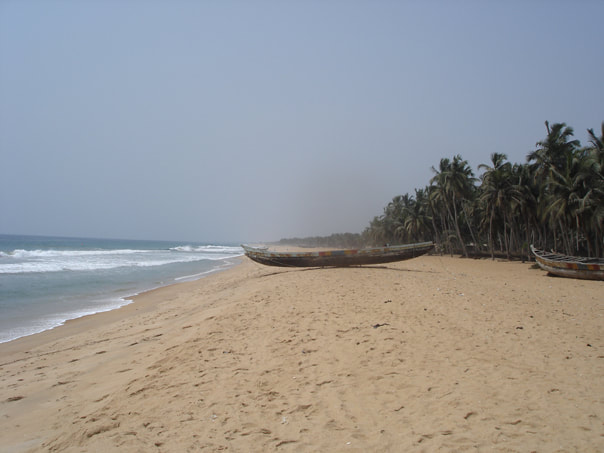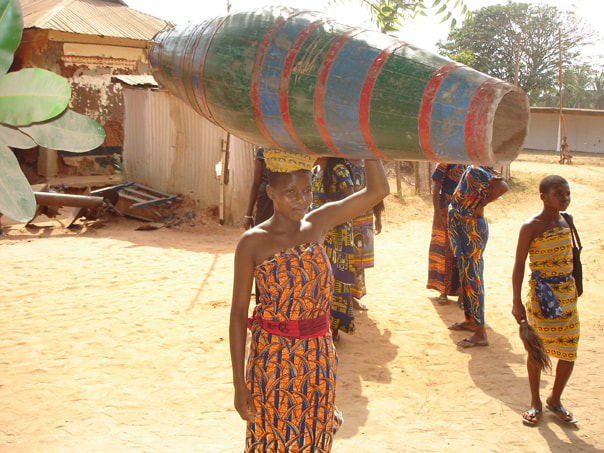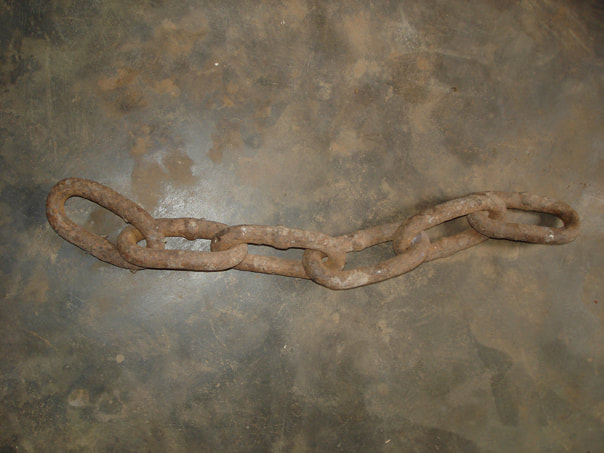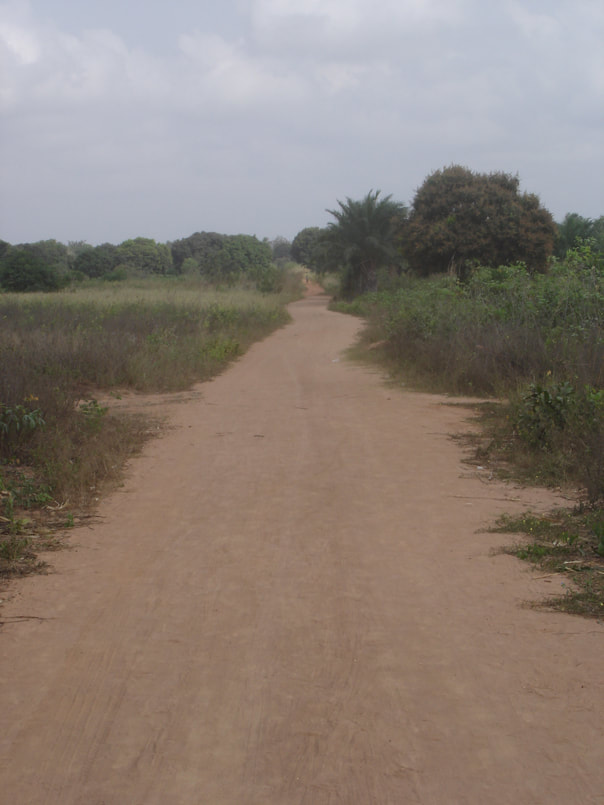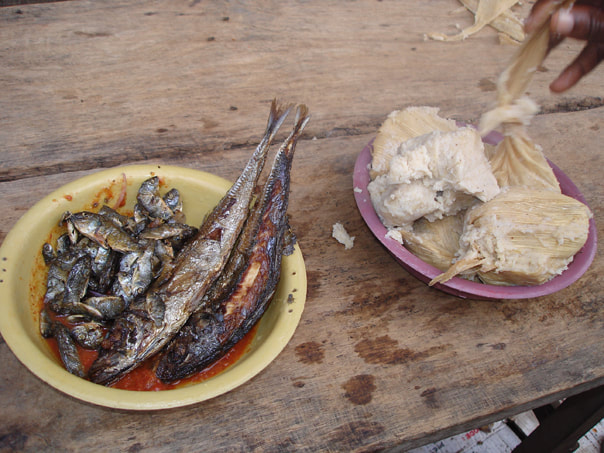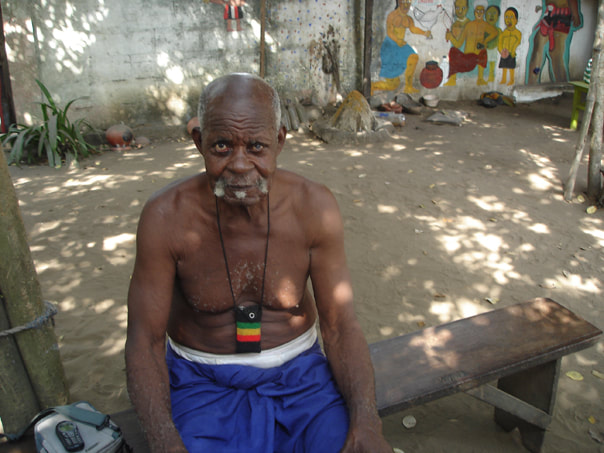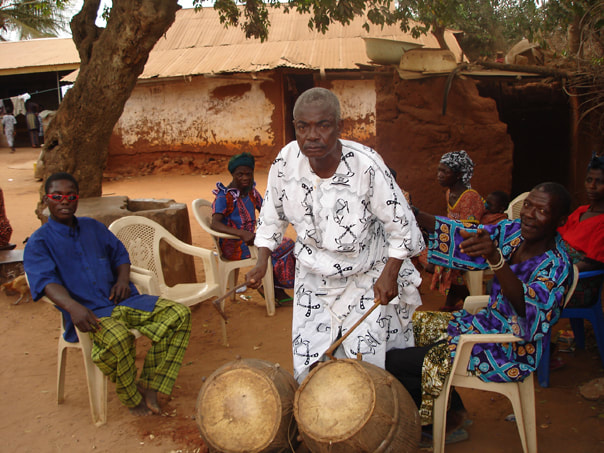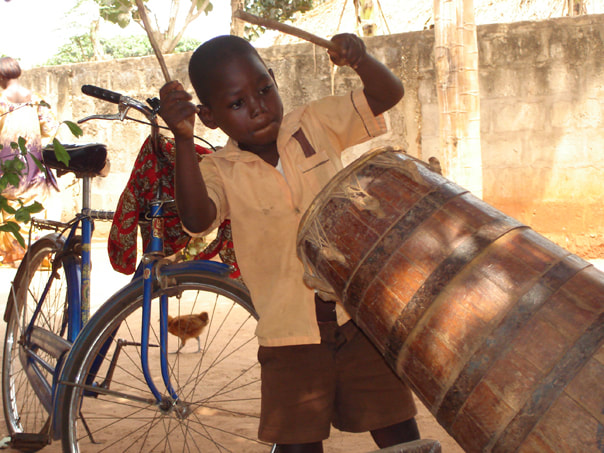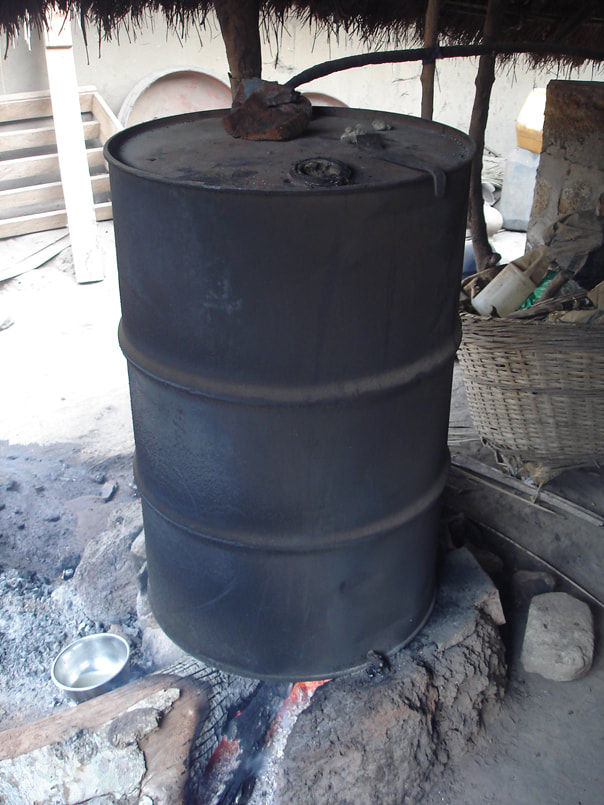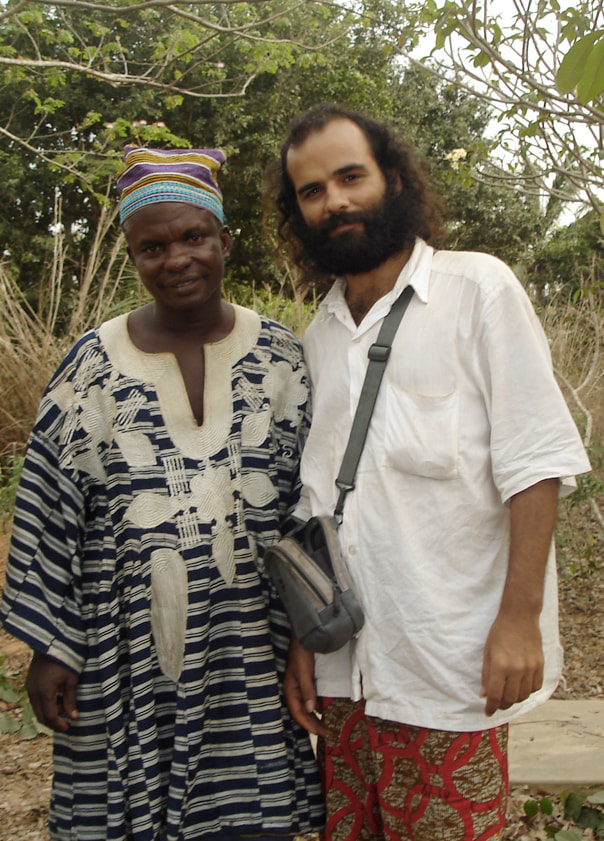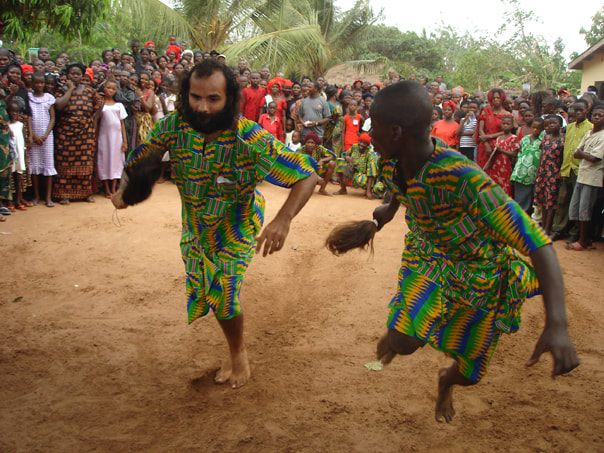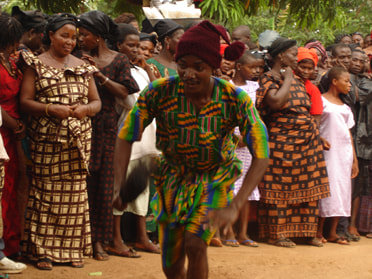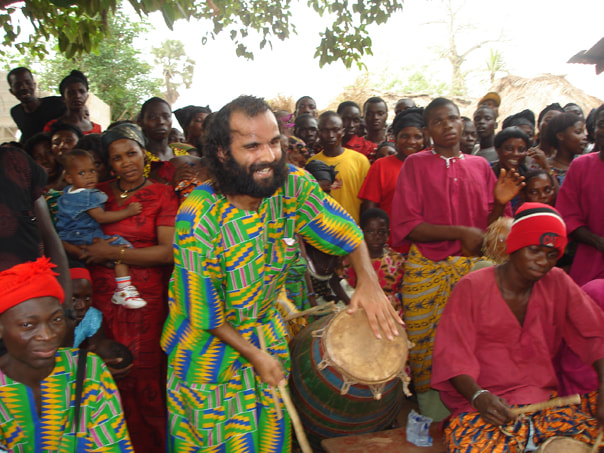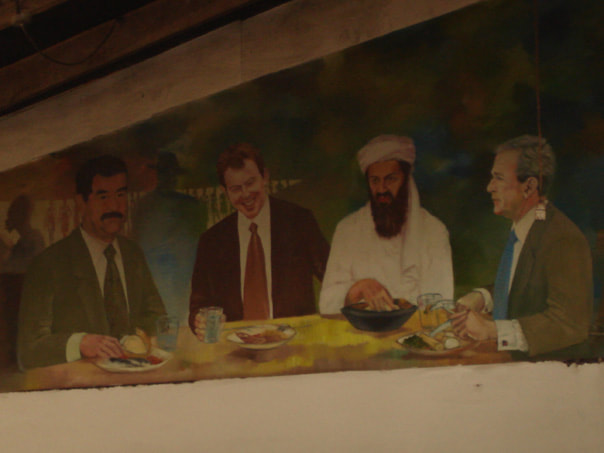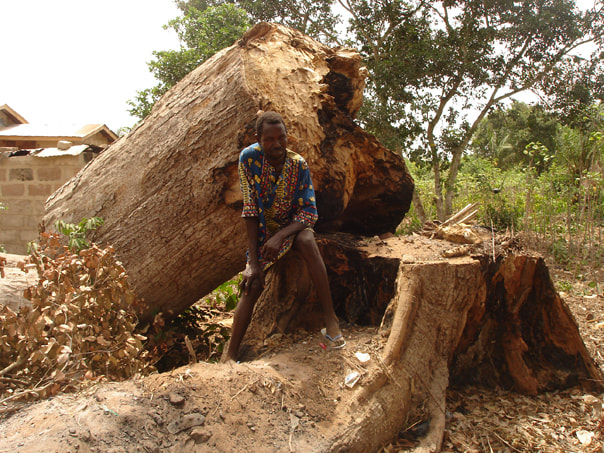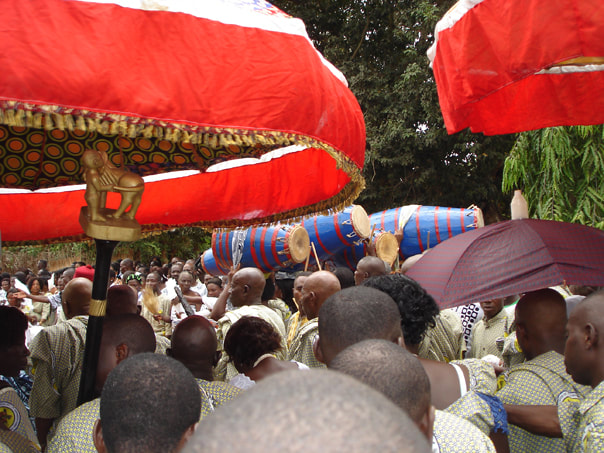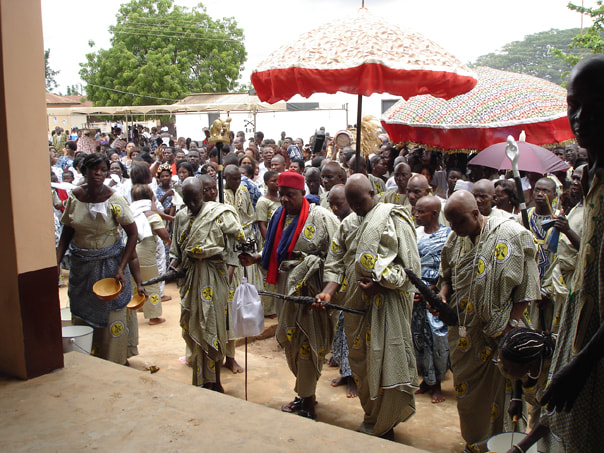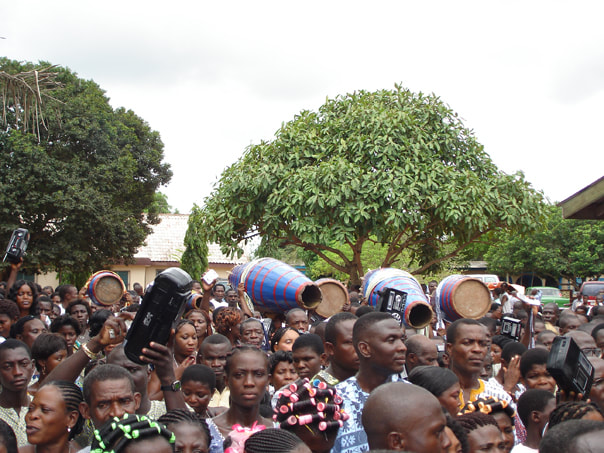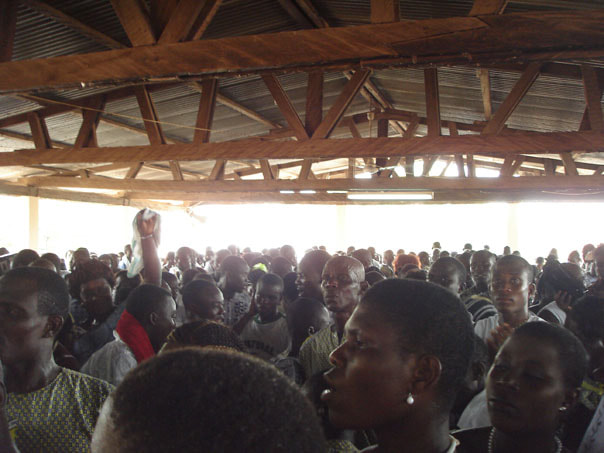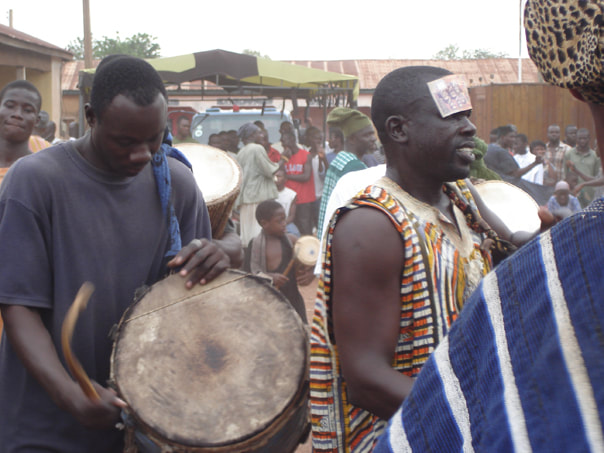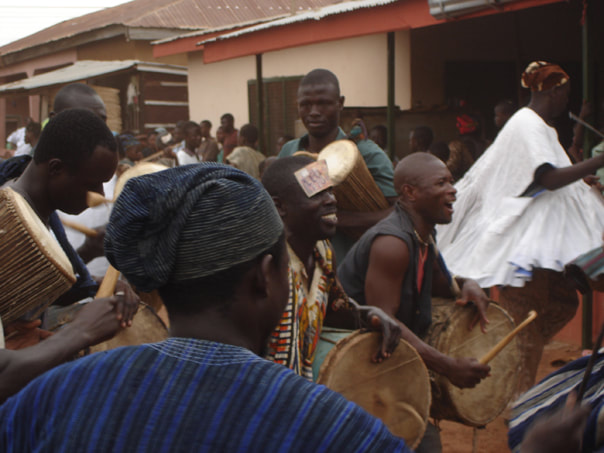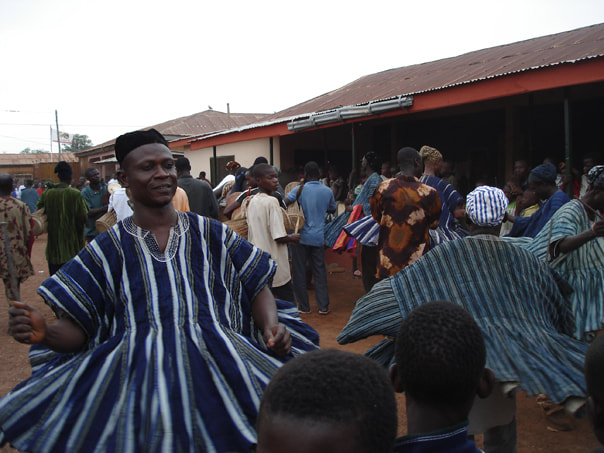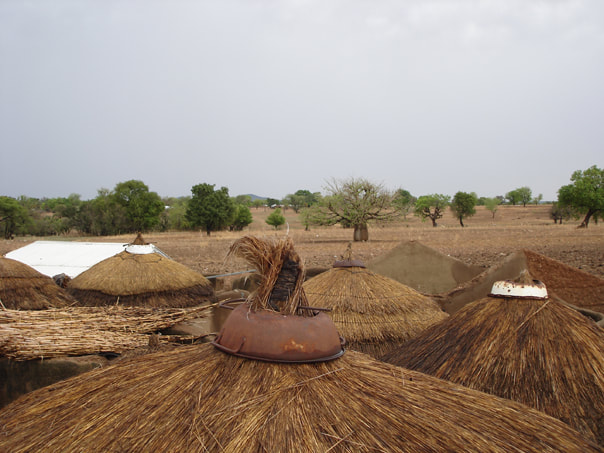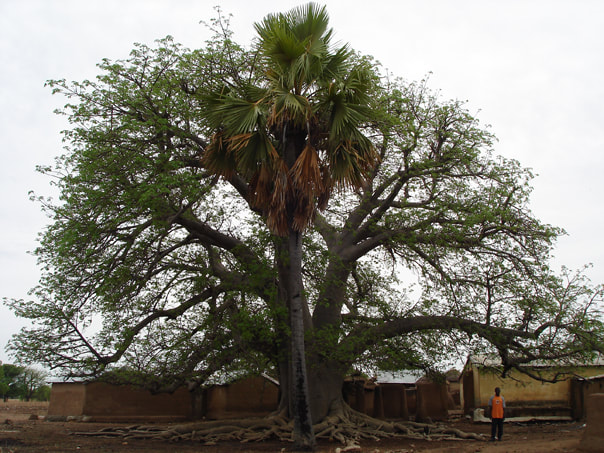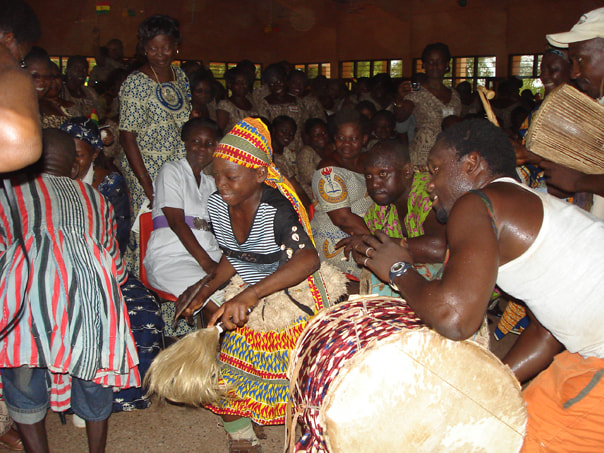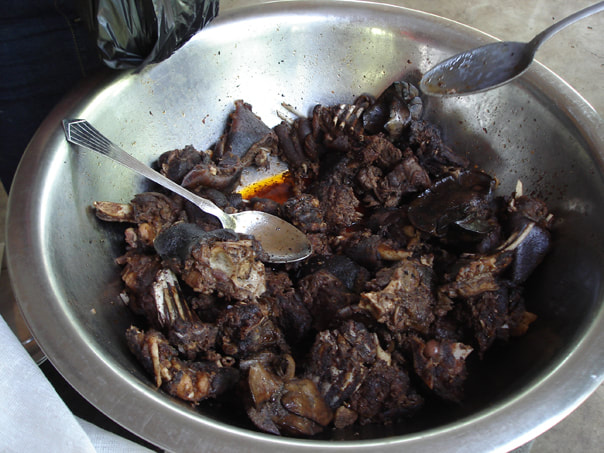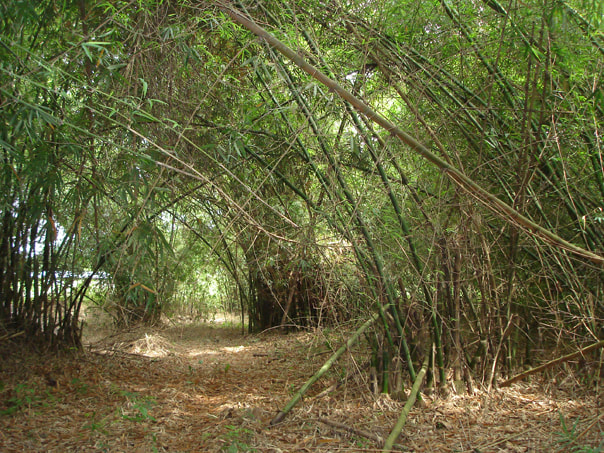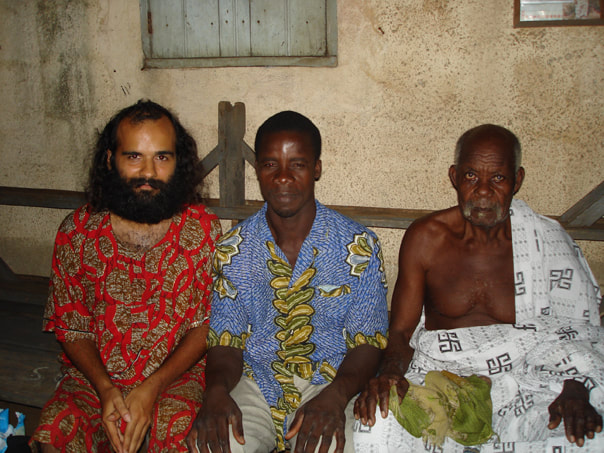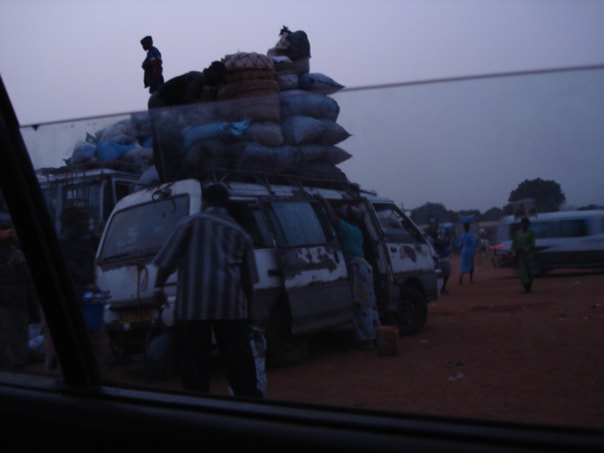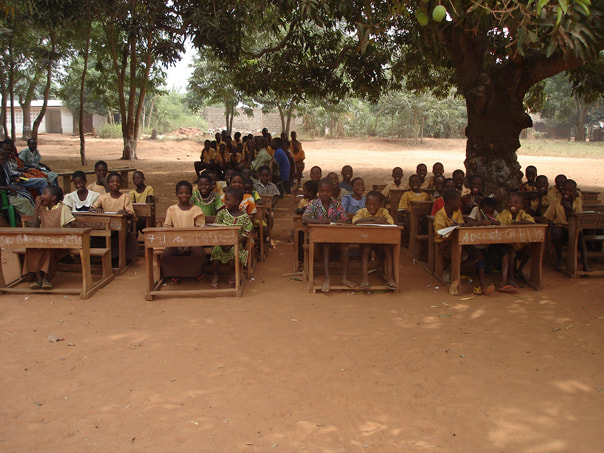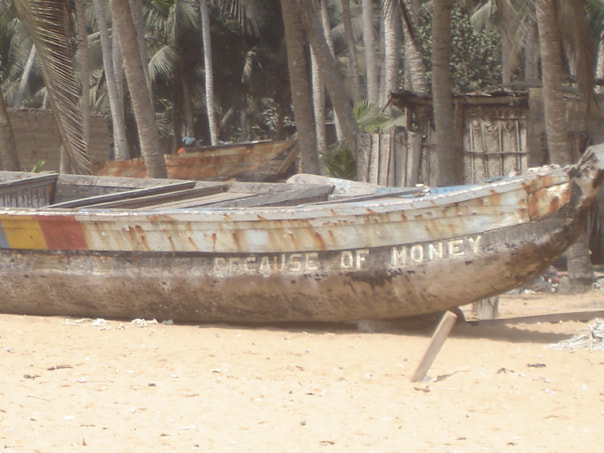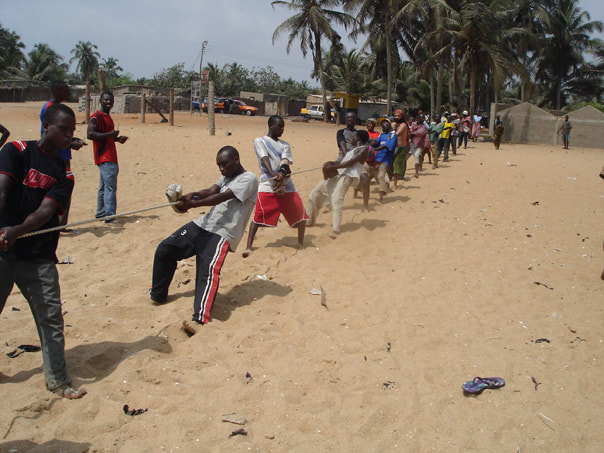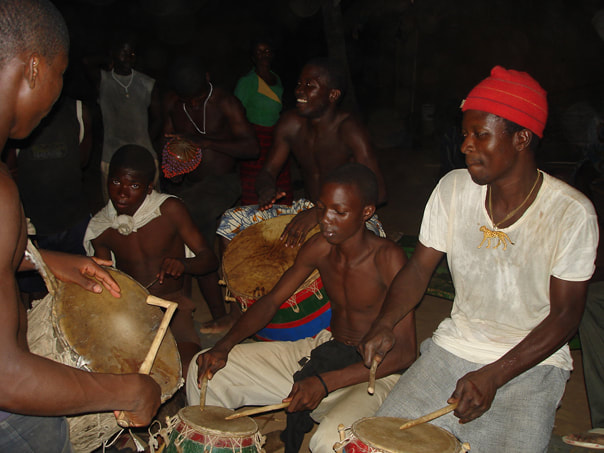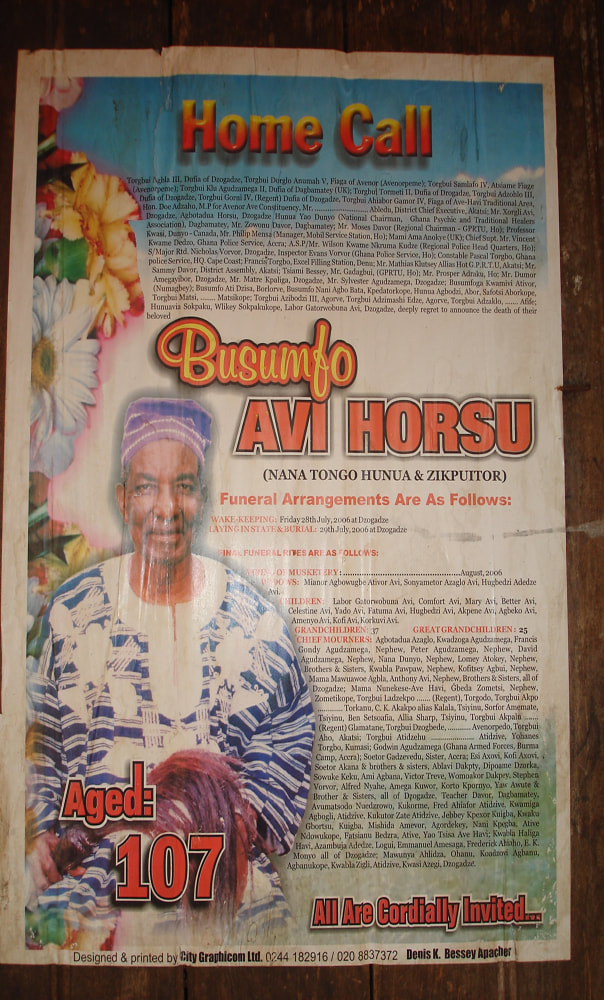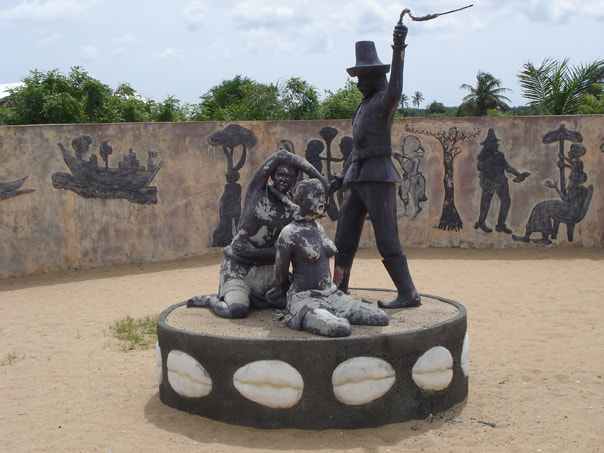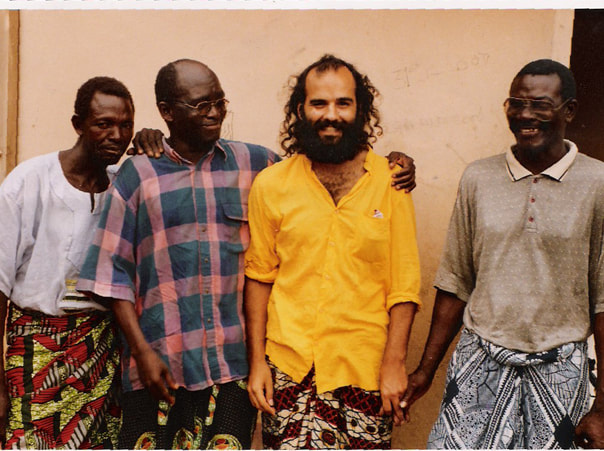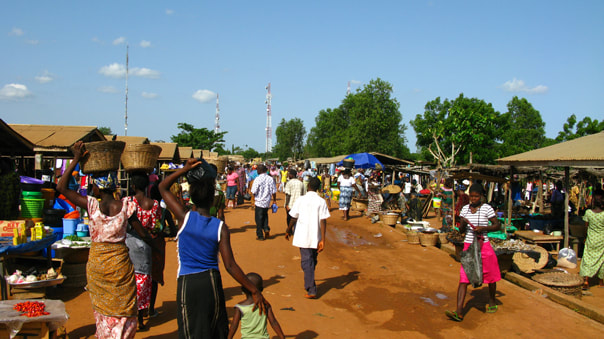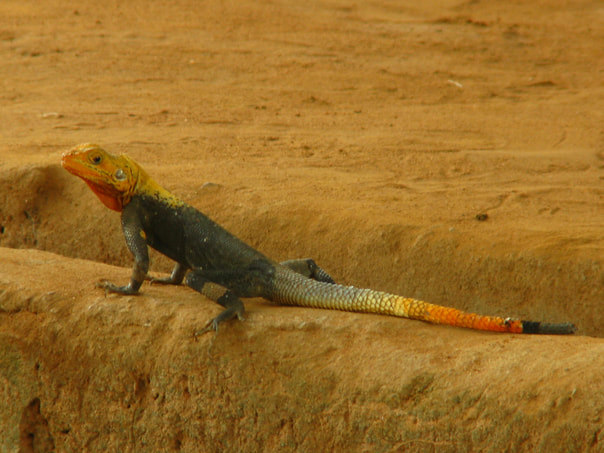Ghana is quite an amazing place which has left an indelible mark on me.
Up until 1998 I never ever really heard of the place. But I was lucky enough to meet the master drummer Frederick Kwasi Dunyo in St. John’s, Newfoundland at the Sound Symposium (www.soundsymposium.com) in the summer 1998 and he was my door into the universe of African music. I first went to Ghana to stay in his village called Dagbamete, Volta Region in 1999 (July and August). Basically 2 months of drum lessons, spiritual lessons, dance lessons, culinary lessons, language lessons…life lessons. It was a time I will always cherish…so many new experiences which had a profound impact on me….and many people that have become close friends. Some still living, some have passed.
I returned again in 2002 (Jan-June) and stayed in the same area and spent more time in Kwasi’s mother’s village called Dzogadze. My time there was an education that money can never buy nor any school ever claim to offer. Then, after a 5 year break I went back in 2007 (Jan-May) to re-visit old friends, venture into new territory and go deeper in many respects.
I've been back in 2009, 2010, 2011, 2013, 2014, 2015, 2017, 2018, 2019, 2020, 2022 (doing a lot of PhD research from 2015 onwards).
I won’t say much more here as my letters below and the pictures on this site speak volumes. But please be aware that I spend most of time in rural areas and that is what you will see most on this site. One must know that Ghana is quite a developing country…that is, it has all the amenities, cities, technologies, vices and problems that we have in our “developed” world….maybe just on a different scale.
Greeting One And All (May 10, 2002)
I Heard The Knock-Knocking At My Door (June 2, 2002)
From Malaria To Music (June 10, 2002)
Efo Kwadzo Returns (January 22, 2007?)
Now My Feet Are Really Dirty (February 12, 2007)
Rainfall in Ghana (March 29, 2007)
Smiles, Sweat and More Spirit (April 21, 2007)
Arrested, Elevated and Disgusted (May 11, 2007)
10 Years Later (April 29, 2009)
The Day I Burned My Feet (May 17-24, 2011)
Up until 1998 I never ever really heard of the place. But I was lucky enough to meet the master drummer Frederick Kwasi Dunyo in St. John’s, Newfoundland at the Sound Symposium (www.soundsymposium.com) in the summer 1998 and he was my door into the universe of African music. I first went to Ghana to stay in his village called Dagbamete, Volta Region in 1999 (July and August). Basically 2 months of drum lessons, spiritual lessons, dance lessons, culinary lessons, language lessons…life lessons. It was a time I will always cherish…so many new experiences which had a profound impact on me….and many people that have become close friends. Some still living, some have passed.
I returned again in 2002 (Jan-June) and stayed in the same area and spent more time in Kwasi’s mother’s village called Dzogadze. My time there was an education that money can never buy nor any school ever claim to offer. Then, after a 5 year break I went back in 2007 (Jan-May) to re-visit old friends, venture into new territory and go deeper in many respects.
I've been back in 2009, 2010, 2011, 2013, 2014, 2015, 2017, 2018, 2019, 2020, 2022 (doing a lot of PhD research from 2015 onwards).
I won’t say much more here as my letters below and the pictures on this site speak volumes. But please be aware that I spend most of time in rural areas and that is what you will see most on this site. One must know that Ghana is quite a developing country…that is, it has all the amenities, cities, technologies, vices and problems that we have in our “developed” world….maybe just on a different scale.
Greeting One And All (May 10, 2002)
I Heard The Knock-Knocking At My Door (June 2, 2002)
From Malaria To Music (June 10, 2002)
Efo Kwadzo Returns (January 22, 2007?)
Now My Feet Are Really Dirty (February 12, 2007)
Rainfall in Ghana (March 29, 2007)
Smiles, Sweat and More Spirit (April 21, 2007)
Arrested, Elevated and Disgusted (May 11, 2007)
10 Years Later (April 29, 2009)
The Day I Burned My Feet (May 17-24, 2011)
